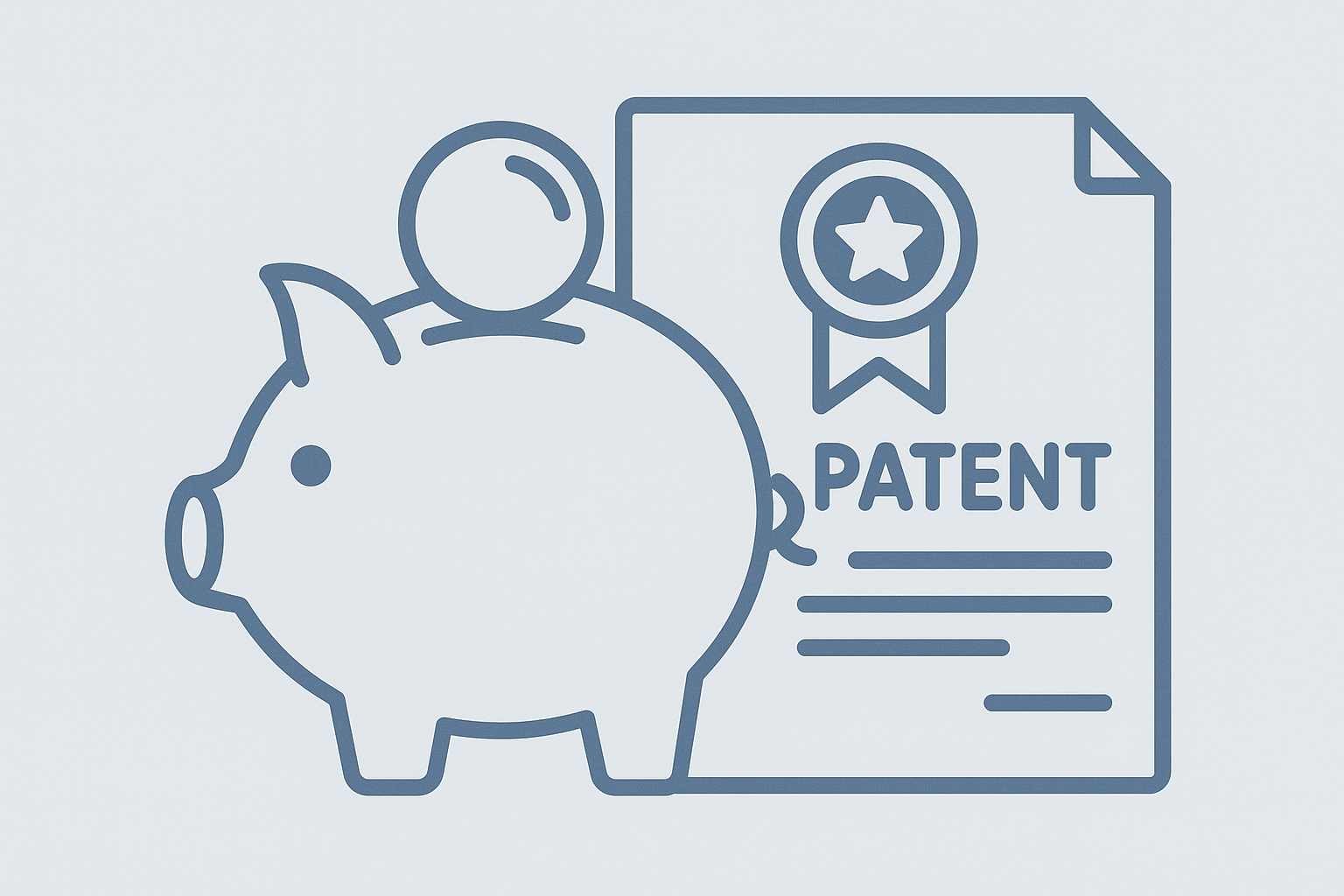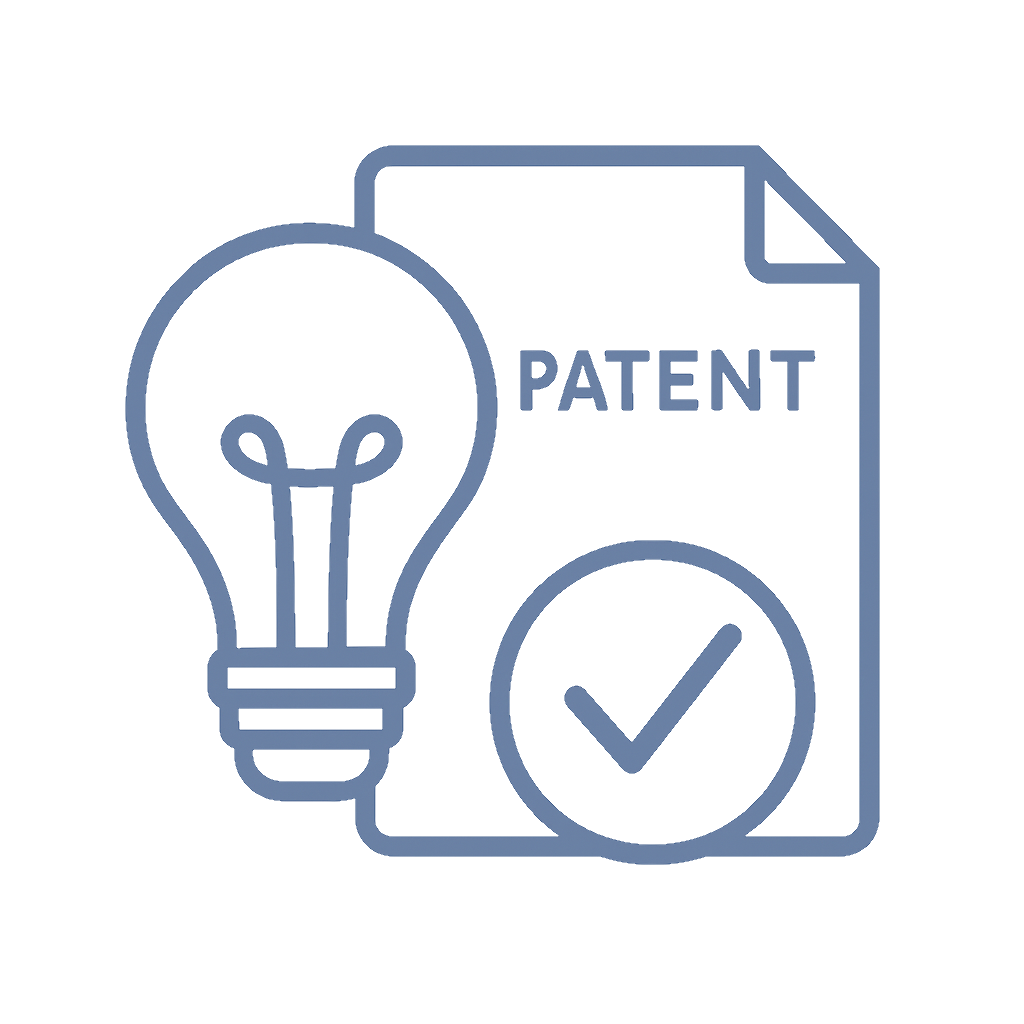📌 Quick Summary
1-Sentence Answer
You can get patent protection for your invention—even on a tight startup budget—by using DIY filing options, provisional patents, and clever strategies to keep costs low.
The Article Overview
This guide covers the most affordable paths to patent protection for startups and solo inventors, including DIY patent filing, provisional patents, using (or avoiding) cheap online services, and knowing when to invest in an attorney. Expect practical steps, myth-busting, and some lighthearted startup wisdom.
❓ Common Questions & Answers
Q1: Can I really get a patent without a lawyer?
A: Yes! The USPTO allows you to file on your own. It takes effort and learning, but many inventors successfully DIY their initial application to save cash.
Q2: How much does it cost to file a patent by myself?
A: Filing fees are $430–$860 for most inventors. If you qualify as a micro-entity, it’s on the lower end—plus, you’ll dodge attorney fees.
Q3: What is a provisional patent, and why do startups use it?
A: It’s a “placeholder” filing ($70–$140) that secures your spot in line and lets you claim “patent pending” for up to a year, buying you time to test the market.
Q4: Should I use Fiverr or cheap patent services?
A: It’s tempting, but risky. Quality varies wildly, and bad applications can cost you more in the long run. DIY is often better unless you can afford a pro.
Q5: What if my budget increases later?
A: Smart! You can start with a DIY provisional, then upgrade to a professional attorney for the full patent if your invention takes off.
📜 Step-by-Step Guide
1. Assess Your Invention:
Decide if your idea truly needs patent protection (not every doodad or app feature does). Ask: is it new, useful, and not obvious?
2. Do a Patent Search:
Use Google Patents or the USPTO search to see if someone beat you to the punch. A good search saves time, heartbreak, and money.
3. Consider Provisional First:
For $70–$140, file a provisional patent. It’s fast, relatively easy, and lets you test the waters while claiming “patent pending.”
4. Draft Thoroughly:
Describe your invention clearly. Use drawings and details—even if you’re not Picasso. The more info, the better your protection.
5. File Electronically:
Submit your application via the USPTO website. Choose “micro-entity” if you qualify for a discount (most true startups do).
6. Evaluate Next Steps:
After a year, decide: is your invention market-worthy? If yes, invest in a non-provisional patent—possibly with professional help.
📖 Historical Context
Getting a patent has never been “cheap,” but it’s a far cry from the gold-plated process it once was. Back in the day, patent law was an old boys’ club—paper filings, long waits, and hefty fees kept inventors at bay. The U.S. government created the micro-entity and small-entity programs in the 21st century, slashing fees for startups and regular folks. In 1995, the provisional patent was introduced as a budget-friendly “try before you buy” for inventors, democratizing access to intellectual property.
With the advent of the internet, open patent databases and online filing made the process more transparent. Yet, the complexity of patent law remains—a DIY patent can be done, but it requires a learning curve and careful attention to detail. The rise of gig economy services like Fiverr has also changed the landscape, offering “cheap” patent help but often at a quality risk.
Today, the patent world is a mashup: DIYers, affordable legal clinics, and flat-fee patent law firms all compete for your business. But one thing is clear—the days when patents were only for the wealthy and well-connected are (mostly) over.
🏢 Business Competition Examples
1. Solo Inventor Bootstraps to Market:
Jane, a solo inventor, used a $75 provisional patent to claim “patent pending” for her kitchen gadget. She later raised money and hired a patent attorney for the full application—protecting her idea without going broke.
2. Startup Scales on a Budget:
A tech startup filed multiple provisional patents at $140 each while they refined their software. Once they landed investors, they converted their best ideas to full patents with professional help.
3. Big Company, Small Spending:
Even large companies use provisionals for R&D projects. Instead of spending thousands upfront, they file provisionals for several concepts, then only fully pursue the winners.
4. Crowdfunding Success Story:
A team launched a product on Kickstarter, filed a $100 provisional patent, and tested market demand. Their campaign success paid for a full patent (and some office snacks).
💬 Discussion Section
Let’s face it: patents can feel like an expensive club with secret handshakes and even more secret fees. For startups and solo inventors, every dollar counts—and nothing’s scarier than shelling out big bucks for something you may never use. That’s why affordable strategies for patent protection matter.
Why DIY?
Filing on your own is intimidating, but it teaches you a ton about your own invention, the competition, and the patent system itself. It also forces you to describe your product in detail—a key business skill.
Provisional Patents: The MVP of Patents
Think of provisionals like a beta test for your intellectual property. For a small fee, you lock in your priority date and get to use the coveted “patent pending” label—great for pitching to investors or scaring off copycats.
Cheap Services: Worth It?
Websites and platforms offering $99 “full service” patents sound dreamy, but often deliver generic, copy-pasted applications that could hurt your chances if you need real protection. You’re often better off filing yourself, or investing in a reputable patent attorney when the stakes get high.
Timing is Everything
The U.S. patent system is “first to file.” That means getting something—anything—on file quickly can be critical. The provisional application was basically invented to help cash-strapped innovators play the game.
Mix and Match
The smartest play? Start with a DIY provisional, get feedback from the market, and only invest big money if your idea proves itself. There’s no shame in leveling up to a lawyer when your product is the next hot thing.
Mindset Matters
Patents are not “one size fits all.” Sometimes, investing in a great attorney up front is the smartest move (especially if you’re about to scale or pitch to big investors). Other times, scrappy bootstrapping is the way to go.
Don’t Forget the Drawings
Patent law loves a good diagram—even stick figures. The more you can show and explain, the stronger your application. You don’t need an art degree, just clarity and detail.
Budgeting Tips
Look for fee waivers, check micro-entity status, and keep an eye on deadlines. Missing the 12-month window to convert a provisional will cost you—literally and emotionally.
Bottom line: affordable patent protection is totally possible, but you have to be strategic, do your homework, and know when to bring in the pros.
⚖️ The Debate
DIY Filing Side
DIYers argue you save serious cash, gain valuable legal and technical knowledge, and get the fastest path to “patent pending.” For startups in survival mode, every dollar counts. Plus, with plenty of resources online, it’s never been easier to go it alone.
Attorney-Assisted Side
Patent attorneys counter that professional drafting minimizes risks, avoids costly rejections, and offers stronger protection. Mistakes in DIY applications can cost you your invention or leave gaps rivals exploit. If your idea has real commercial potential, investing in an expert pays off.
✅ Key Takeaways
-
Provisional patents offer cheap, fast “patent pending” status for startups and inventors.
-
DIY filing saves money, but requires careful research and attention to detail.
-
Use cheap services with caution; low cost can mean low quality.
-
Upgrading to an attorney later is a smart move if your product gains traction.
-
Timing and completeness are crucial—miss a deadline, and your idea could be up for grabs.
⚠️ Potential Business Hazards
-
Filing mistakes can weaken your patent or lose your rights entirely.
-
Relying on cheap online services may lead to inadequate protection.
-
Missing the 12-month deadline to convert a provisional means losing all rights.
-
Underestimating costs of full (non-provisional) patenting can halt your progress.
❌ Myths & Misconceptions
-
“DIY is always best”—Not if your invention is complex or likely to be copied.
-
“Cheap services are just as good as attorneys”—Usually, they’re not.
-
“Provisional patents give you full rights”—No, they just hold your place in line.
-
“You can file anytime”—Delay too long, and someone else could beat you.
-
“Patents guarantee riches”—A patent is a tool, not a business plan.
📚 Book & Podcast Recommendations
-
Patent It Yourself by David Pressman
The classic DIY patent guide. -
The Inventors Launchpad Podcast
Tips for inventors from startup veterans. -
The Indie Hackers Podcast
Real stories from bootstrapped founders (with patent war stories). -
How I Built This by Guy Raz
Entrepreneur journeys, often including IP tales.
⚖️ Legal Cases
-
KSR International Co. v. Teleflex Inc.
This Supreme Court case changed how obviousness is judged in patents—critical for inventors. -
Pfaff v. Wells Electronics, Inc.
Clarified the on-sale bar rule: don’t sell your invention before filing! -
Alice Corp. v. CLS Bank International
Defines what kinds of inventions are patentable, especially in software. -
In re Wands
Established the “enablement” test for how well you need to describe your invention.
📣 Expert Invitation
Got questions, ideas, or in desperate need of patent therapy? Visit Inventive Unicorn and chat with friendly patent pros who know startups, side hustles, and every budget in between.
🔚 Wrap-Up Conclusion
Patenting your invention on a startup budget isn’t just possible—it’s practically a rite of passage. With the right strategy, some elbow grease, and a little startup swagger, you can go from “pennies to patents” and protect your big idea for less. Remember: DIY when you can, get help when you must, and always watch those deadlines. Your future unicorn status depends on it!










